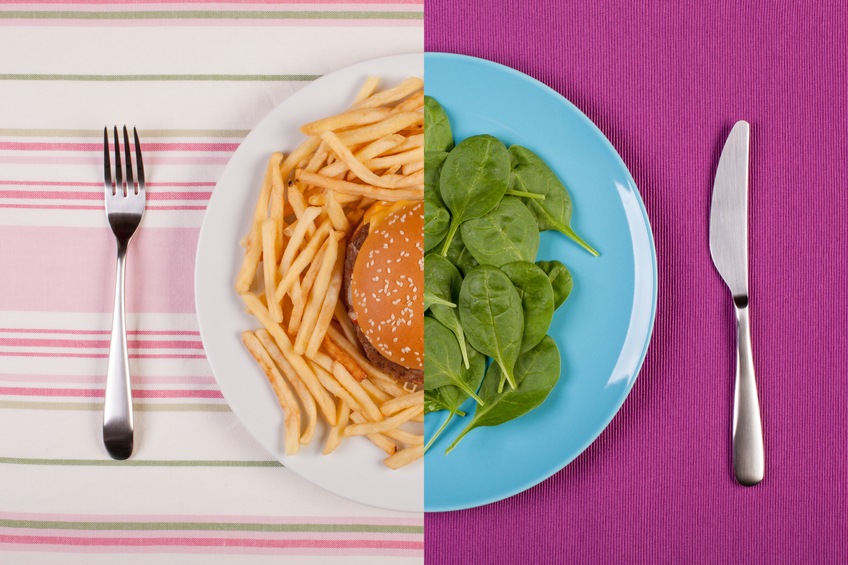
Measures to tackle Scotland’s growing obesity problem have been placed at the heart of a fresh strategy from the country’s new food body.
Poor diet is one of the most significant causes of ill-health in Scotland and contributes to the country having one of the highest obesity rates in Europe.
Official estimates suggest the direct cost to the NHS from obesity will almost double by 2030 and, if current trends continue, 40% of the Scottish population can expect to be obese by that point.
The cost of obesity to Scottish society is currently estimated to be at least £1 billion annually and may be as high as £4.5 billion per year once wider economic costs are taken into account.
Food Standards Scotland (FSS), which came into being in April last year, said addressing the impact of diet on obesity is one of its priorities.
The organisation has published a three-year corporate plan and a five-year strategy setting out six areas it will focus on from now until 2021. These include working towards consumers having healthier diets.
FSS chief executive Geoff Ogle said: “We cannot continue on our current trajectory towards 40% of the population in Scotland being obese by 2030, so making an impact on the dietary contribution to obesity is a priority for FSS.
“Our strategy and corporate plan set out what we will do to help people in Scotland to live longer, healthier lives.”
Among the actions it is to take, the FSS says it will lead the development of a set of dietary guidelines for Scotland, “work with partners to address the issues of affordability and acceptability of a healthy diet”, and support consumers to choose healthier food.
The report states: “We know that many people find it difficult to make the long-term changes that will reduce the likelihood of health risks associated with poor diet.
“Whilst there is much that individuals can do for themselves, rebalancing the diet must be a shared responsibility – shared between individuals, communities, the food-and-drink industry and both local and central government.
“Behaviour change alone will not deliver the scale of change we seek.”
Food authenticity and food safety have also been placed at the centre of the strategies.
The FSS report states there are approximately 43,000 cases of food-borne infectious intestinal disease (IID) annually in Scotland, leading to 5,800 GP visits and 500 hospital admissions.
The Aberdeen-based body says it will develop a food-borne illness strategy, focusing on the main ways contaminants are spread through the food chain. It will also work to help consumers make safe food choices.
Mr Ogle added: “While Scotland’s food-and-drink sector continues to flourish and contribute to the Scottish economy, there remains significant challenges around food, diet and public health.
“Our efforts must be focused on working collaboratively with stakeholders to address these and other challenges related to the consumer interest, ensuring that consumers’ health and wellbeing is protected, and that they can have confidence in the safety and authenticity of food they buy.”
The food-and-drink sector employs around 350,000 people in Scotland.
READ MORE
Supermarkets must play their part in fight against obesity, says Which?
Workplace ‘cake culture’ fuelling obesity and poor dental health, experts warn

Enjoy the convenience of having The Sunday Post delivered as a digital ePaper straight to your smartphone, tablet or computer.
Subscribe for only £5.49 a month and enjoy all the benefits of the printed paper as a digital replica.
Subscribe